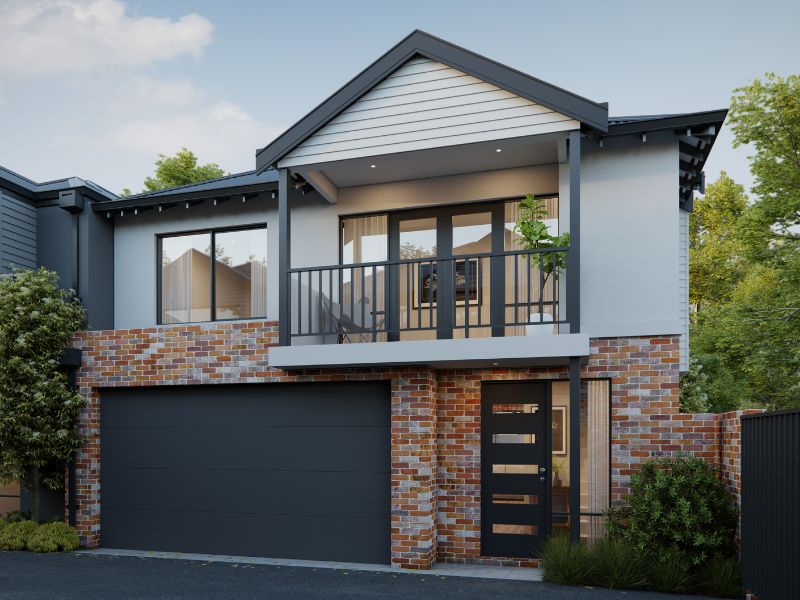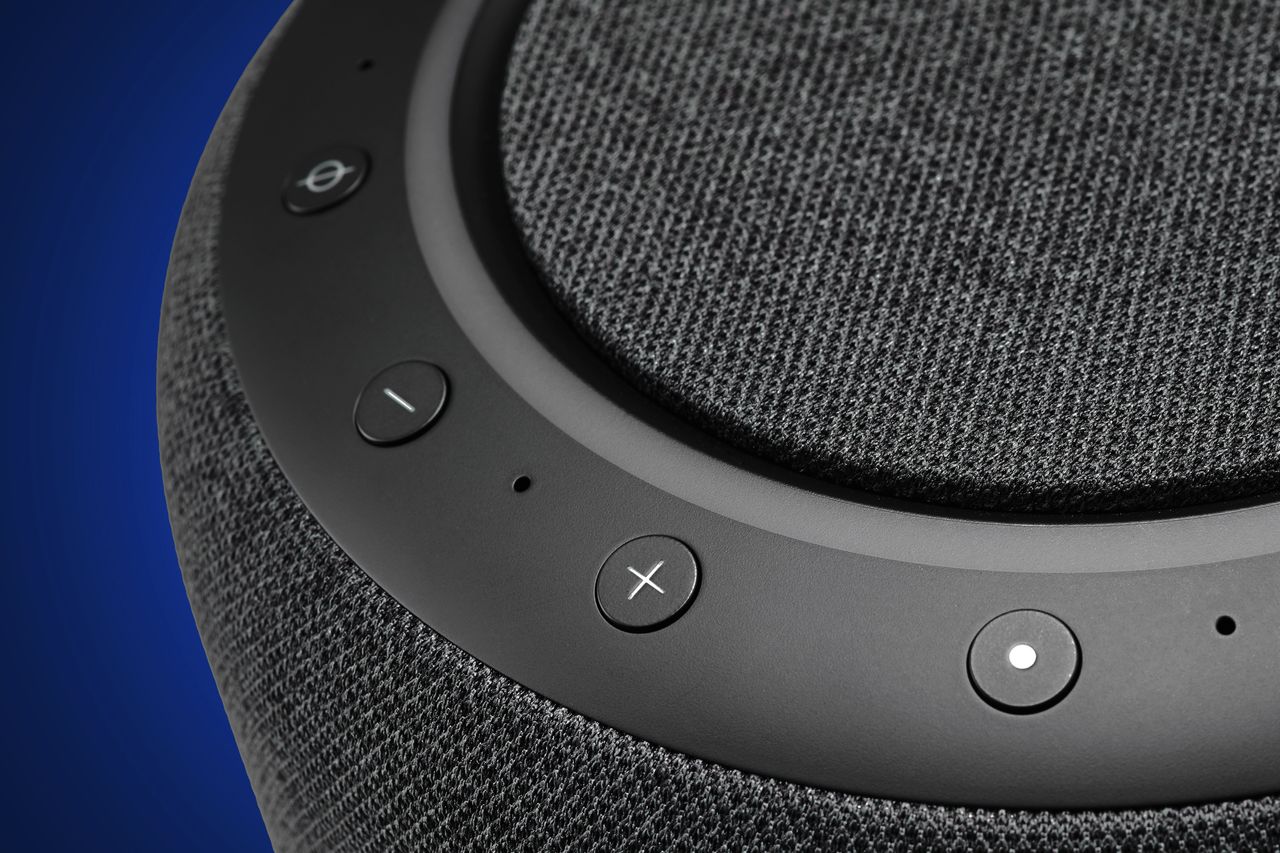It’s impossible to go 202 miles per hour on Manhattan’s Park Avenue (and you shouldn’t try) but that’s where Aston Martin’s opulent showroom is, just down the road from Ferrari. The cars follow the money, and the new Vantage that had its North American debut in New York this month carries a price tag of US$191,000.
Aston is aiming to produce “the definitive front-engine, rear-wheel drive sports car,” powered by a four-litre AMG-sourced twin-turbo V8 engine producing 655 horsepower and 590 pound-feet of torque. Shifting through an eight-speed ZF automatic gearbox (there’s no manual option), it can reach 60 mph in 3.4 seconds. The Vantage can be ordered now, with deliveries this summer.
In other words, the Vantage is a traditional supercar in an age of rapid electrification. There isn’t an auto company in the world that isn’t aware of what’s ahead. And according to Alex Long, who was in New York and heads product and market strategy for Aston, the company is collaborating with California-based Lucid on an electric Aston that will appear in 2026. They’re having the naming discussions now, but few details are available. Lucid, which fields the ultra-fast Air Sapphire , is a pioneer in developing lighter and smaller components for EVs.
The two-seat Vantage has a lot of overlap with the DB12 (a 2+2, meaning it has two decent sized seats in the front and two smaller ones in the back] and it’s a venerable name in the Aston Martin universe, going back 70 years. The new model has been greatly reworked, with modifications to the chassis, engine, body design (the grille is 30% larger), and an all-new interior and bespoke in-house infotainment system with the company’s first touchscreen. Horsepower is up 30% and the torque is up 15%.
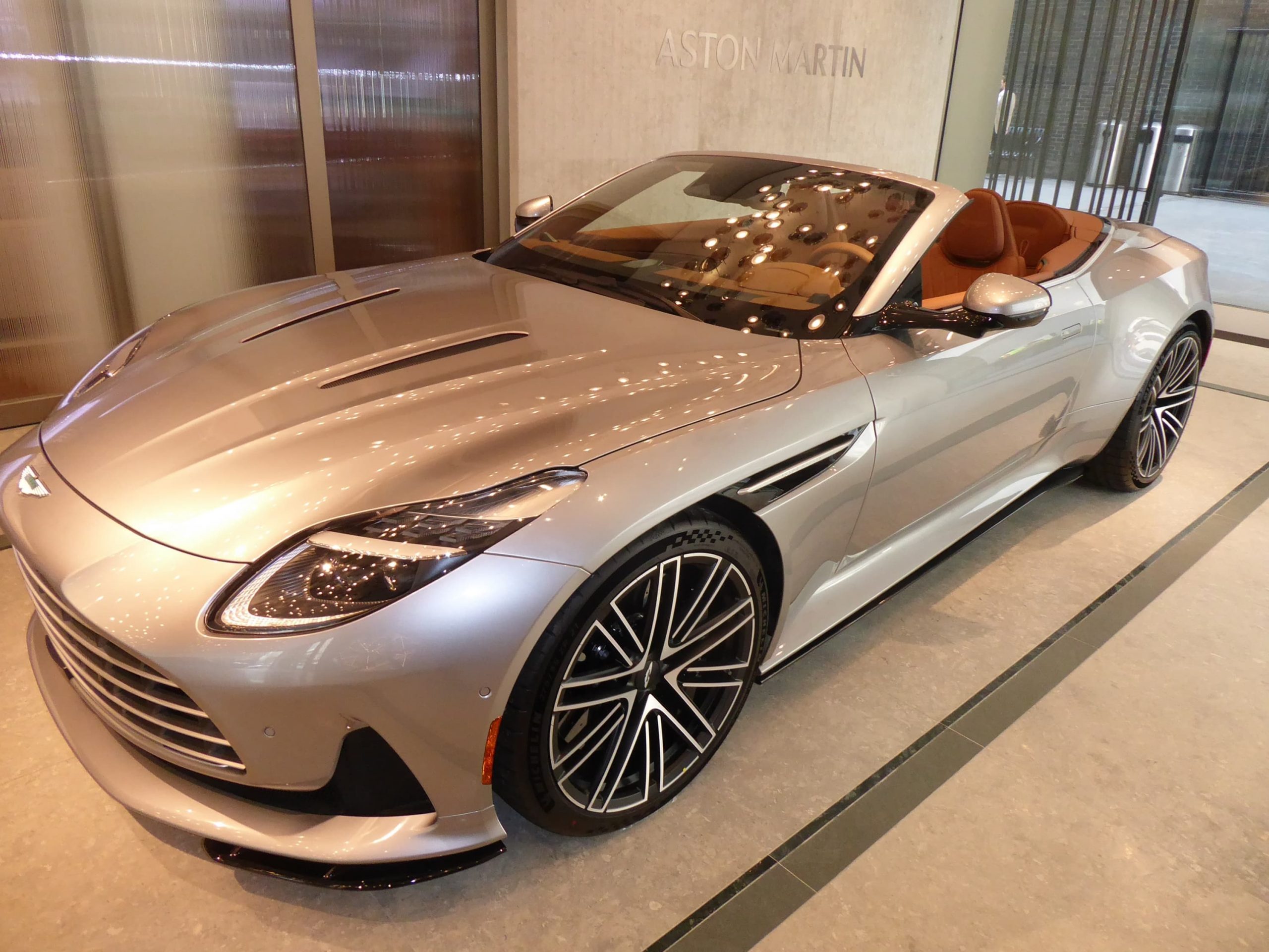
Jim Motavalli
Technical types can thrill to such revelations as “a stiffer-yet-lighter front engine cross brace for increased torsional rigidity and lateral stiffness between the front suspension towers,” as described by Aston Martin.
The new Vantage is indeed techy for an Aston Martin, and offers active vehicle dynamics, adaptive shock absorbers from Bilstein, and an electronic rear differential. There’s a launch control system that manages torque to keep the car planted when it takes off for the horizon.
“[Owner] Lawrence Stroll has made a huge investment in Aston Martin,” Long says. “He believes that in supercar positioning, we have to go all the way.” The Vantage on display was certainly gorgeous in eye-popping Podium Green, which has some blue in it. Apparently the tried-and-true but dark British Racing Green comes off as black in photographs. The vivid green contrasts with a neon-like Lime Essence stripe around the rocker panels and tail.
There was no driving component, but racing driver Darren Turner, a three-time Le Mans winner and an Aston Martin development driver, was on hand.
“I’ve been with the Vantage development program from the beginning,” Turner says. “Our aim with the driving modes [which include Sport, Sport Plus, and Track] was precision behind the wheel.” There’s no “comfort” mode—if you want to commute or buy groceries, you use Sport which, Turner says, “is not too hard on the suspension.”
Long says the Vantage is “practical” because it has a big trunk, but it’s young couples and empty-nesters who won’t mind the absence of a back seat. As for what’s under the hood, Aston’s customers are still thrilling to the sound of a V8 engine and are not pushing for an EV. But with a European ban on internal combustion by 2035, and similar directives in American states, EVs are inevitable under the Aston banner.
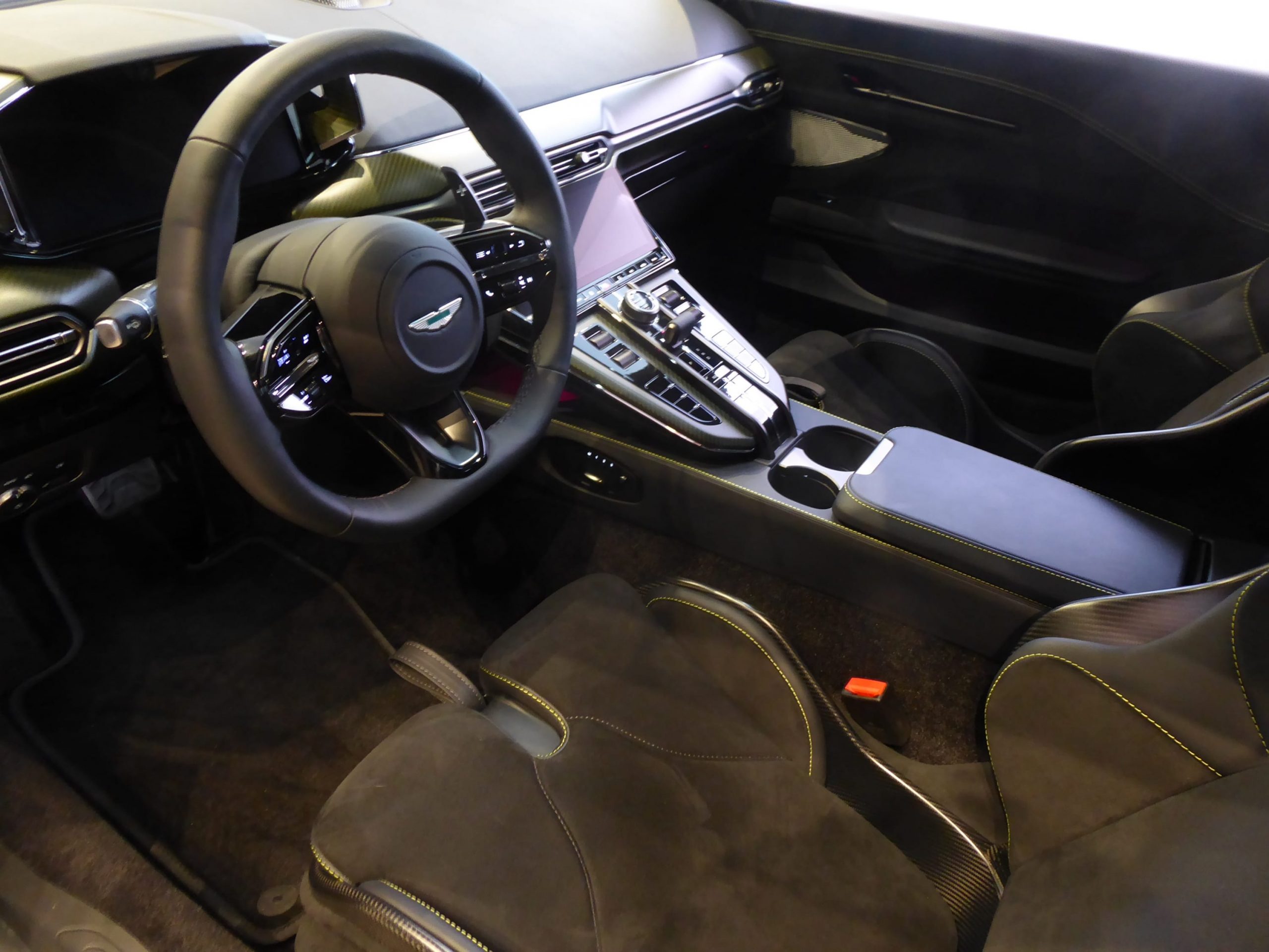
Jim Motavalli
Meanwhile, Aston has other models coming. The ultra-exclusive Cosworth V12-powered Valkyrie (priced at up to US$3.5 million for the track AMR Pro version) will be replaced by the even-more-potent Valhalla at the end of this year. Only 999 Valhallas will be built. The 937-horsepower Valhalla, with an AMG V-8 and two electric motors, will be Aston’s first plug-in hybrid and priced around US$800,000. The Valkyrie was a huge hit in terms of garnering publicity for the brand, and the Valhalla will similarly serve. Just 150 Valkyrie coupes and 85 Spyders are being built, and production should be done by the end of 2024.
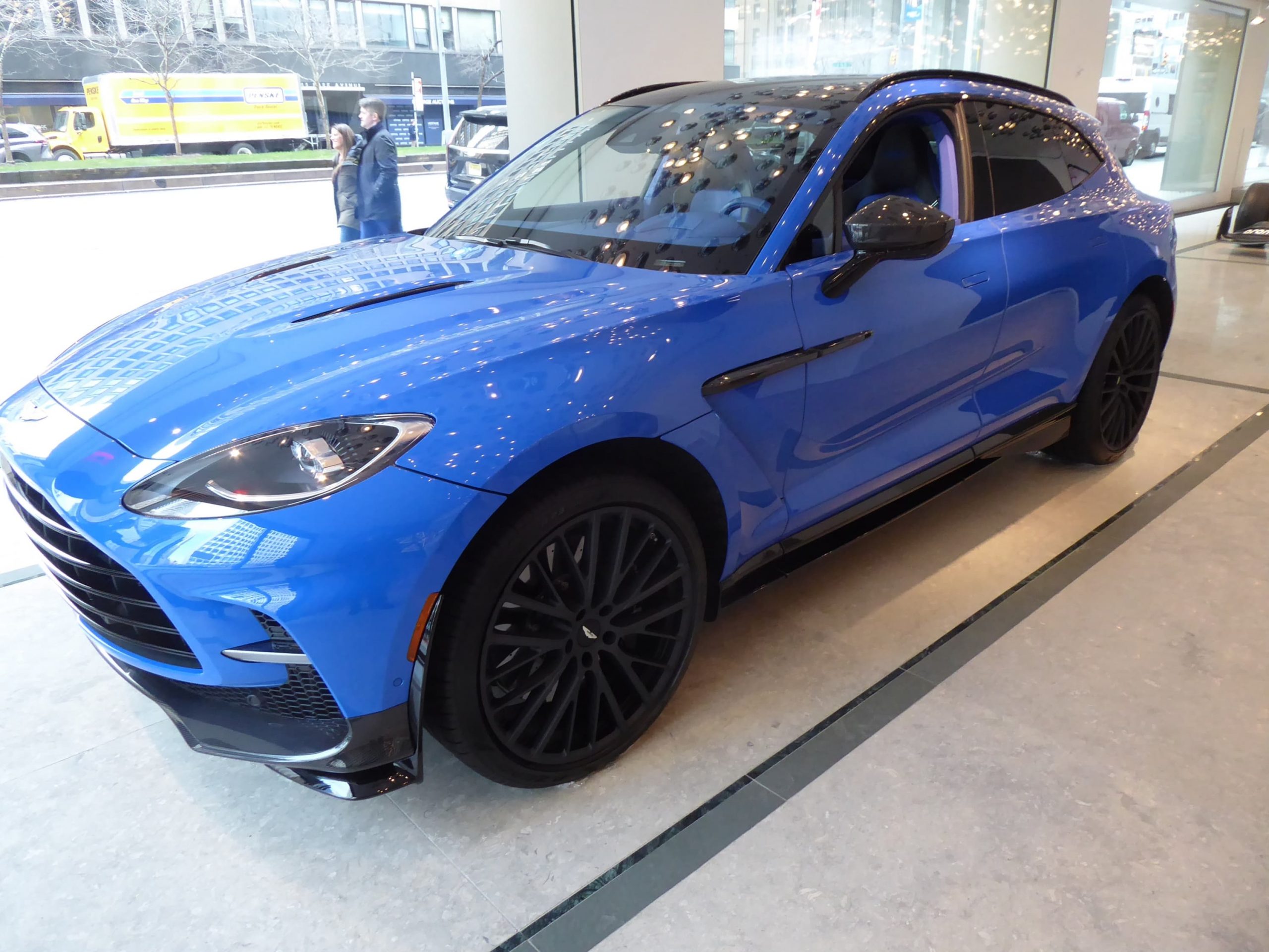
Jim Motavalli
Aston has put considerable effort recently into Formula One and GT racing, and there’s also the Vantage GT4 competition car, which (because of strict rules) shares about 80% of the road car’s structure and mechanicals. But the bonded aluminium chassis gains a custom roll cage.
Aston Martin sold 6,620 cars in 2023. When the company introduced its first SUV, the DBX, it quickly became the company’s runaway bestseller despite a high price tag, now at US$200,086. The DBX 707 (the number is the horsepower rating) ups the ante. SUV leadership is a common result among supercar enterprises that grit their teeth and build SUVs to fulfil consumer demand.
It may be a while before Aston Martin is an all-electric brand. Right now, it’s keeping the order books filled with AMG-powered supercars. But transition is ahead.
 Copyright 2020, Dow Jones & Company, Inc. All Rights Reserved Worldwide. LEARN MORE
Copyright 2020, Dow Jones & Company, Inc. All Rights Reserved Worldwide. LEARN MORE
What a quarter-million dollars gets you in the western capital.
Alexandre de Betak and his wife are focusing on their most personal project yet.
As Paris makes its final preparations for the Olympic games, its residents are busy with their own—packing their suitcases, confirming their reservations, and getting out of town.
Worried about the hordes of crowds and overall chaos the Olympics could bring, Parisians are fleeing the city in droves and inundating resort cities around the country. Hotels and holiday rentals in some of France’s most popular vacation destinations—from the French Riviera in the south to the beaches of Normandy in the north—say they are expecting massive crowds this year in advance of the Olympics. The games will run from July 26-Aug. 1.
“It’s already a major holiday season for us, and beyond that, we have the Olympics,” says Stéphane Personeni, general manager of the Lily of the Valley hotel in Saint Tropez. “People began booking early this year.”
Personeni’s hotel typically has no issues filling its rooms each summer—by May of each year, the luxury hotel typically finds itself completely booked out for the months of July and August. But this year, the 53-room hotel began filling up for summer reservations in February.
“We told our regular guests that everything—hotels, apartments, villas—are going to be hard to find this summer,” Personeni says. His neighbours around Saint Tropez say they’re similarly booked up.
As of March, the online marketplace Gens de Confiance (“Trusted People”), saw a 50% increase in reservations from Parisians seeking vacation rentals outside the capital during the Olympics.
Already, August is a popular vacation time for the French. With a minimum of five weeks of vacation mandated by law, many decide to take the entire month off, renting out villas in beachside destinations for longer periods.
But beyond the typical August travel, the Olympics are having a real impact, says Bertille Marchal, a spokesperson for Gens de Confiance.
“We’ve seen nearly three times more reservations for the dates of the Olympics than the following two weeks,” Marchal says. “The increase is definitely linked to the Olympic Games.”
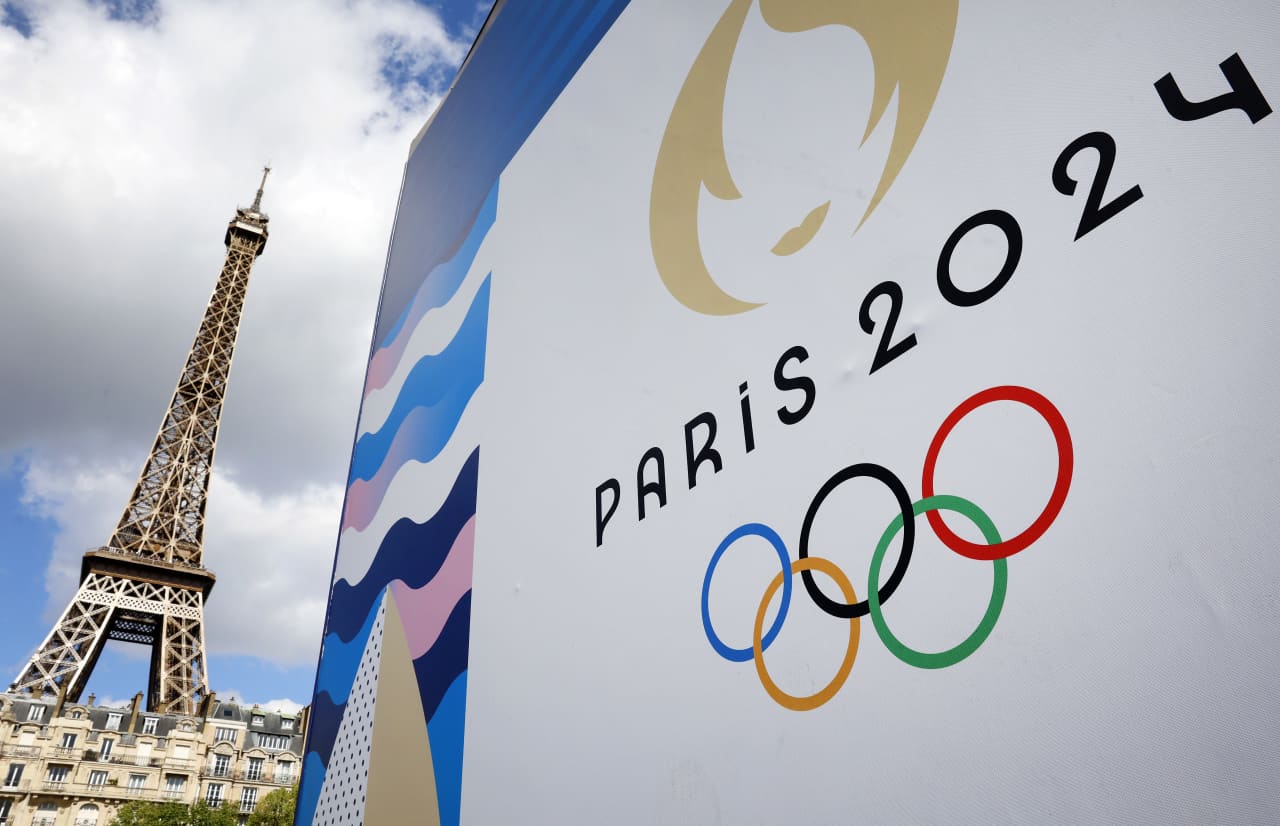
Getty Images
According to the site, the most sought-out vacation destinations are Morbihan and Loire-Atlantique, a seaside region in the northwest; le Var, a coastal area within the southeast of France along the Côte d’Azur; and the island of Corsica in the Mediterranean.
Meanwhile, the Olympics haven’t necessarily been a boon to foreign tourism in the country. Many tourists who might have otherwise come to France are avoiding it this year in favour of other European capitals. In Paris, demand for stays at high-end hotels has collapsed, with bookings down 50% in July compared to last year, according to UMIH Prestige, which represents hotels charging at least €800 ($865) a night for rooms.
Earlier this year, high-end restaurants and concierges said the Olympics might even be an opportunity to score a hard-get-seat at the city’s fine dining.
In the Occitanie region in southwest France, the overall number of reservations this summer hasn’t changed much from last year, says Vincent Gare, president of the regional tourism committee there.
“But looking further at the numbers, we do see an increase in the clientele coming from the Paris region,” Gare told Le Figaro, noting that the increase in reservations has fallen directly on the dates of the Olympic games.
Michel Barré, a retiree living in Paris’s Le Marais neighbourhood, is one of those opting for the beach rather than the opening ceremony. In January, he booked a stay in Normandy for two weeks.
“Even though it’s a major European capital, Paris is still a small city—it’s a massive effort to host all of these events,” Barré says. “The Olympics are going to be a mess.”
More than anything, he just wants some calm after an event-filled summer in Paris, which just before the Olympics experienced the drama of a snap election called by Macron.
“It’s been a hectic summer here,” he says.
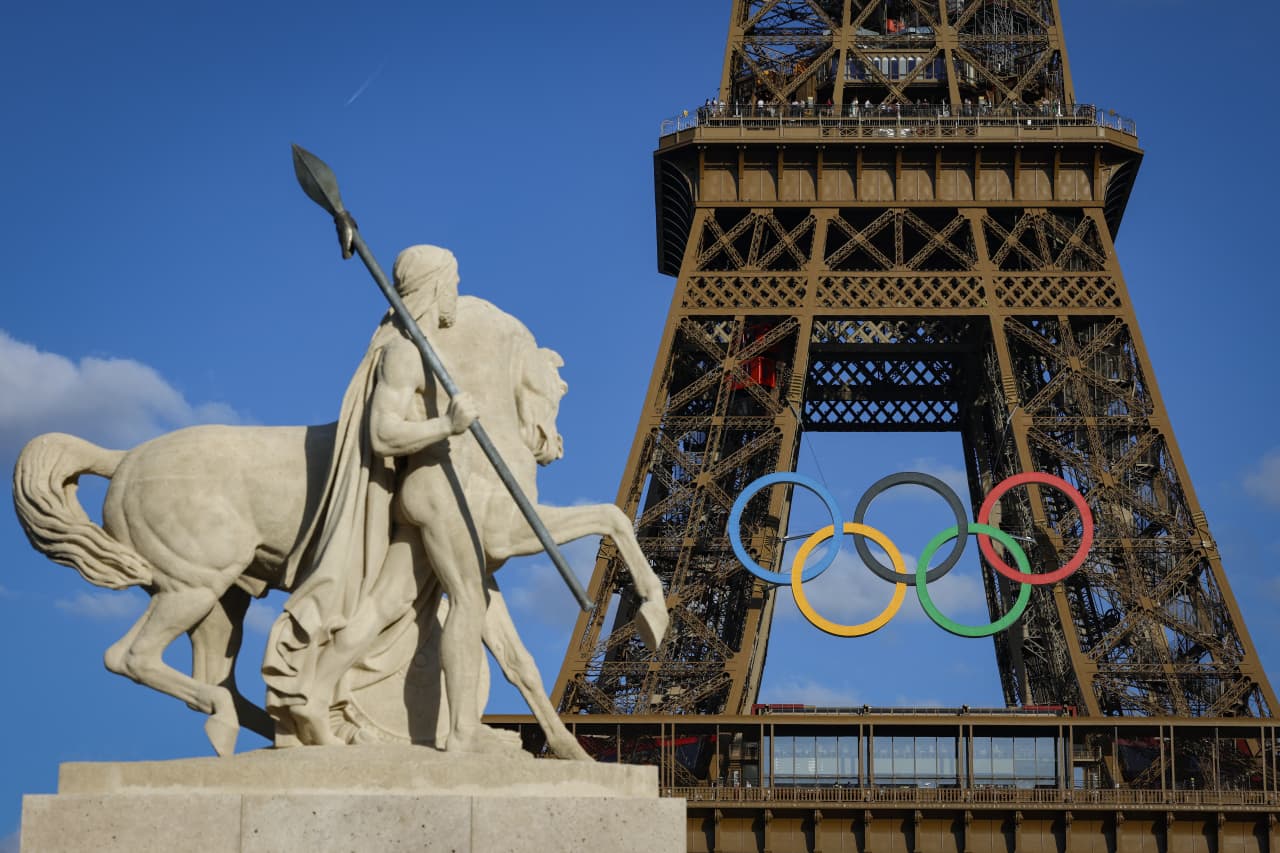
AFP via Getty Images
Parisians—Barré included—feel that the city, by over-catering to its tourists, is driving out many residents.
Parts of the Seine—usually one of the most popular summertime hangout spots —have been closed off for weeks as the city installs bleachers and Olympics signage. In certain neighbourhoods, residents will need to scan a QR code with police to access their own apartments. And from the Olympics to Sept. 8, Paris is nearly doubling the price of transit tickets from €2.15 to €4 per ride.
The city’s clear willingness to capitalise on its tourists has motivated some residents to do the same. In March, the number of active Airbnb listings in Paris reached an all-time high as hosts rushed to list their apartments. Listings grew 40% from the same time last year, according to the company.
With their regular clients taking off, Parisian restaurants and merchants are complaining that business is down.
“Are there any Parisians left in Paris?” Alaine Fontaine, president of the restaurant industry association, told the radio station Franceinfo on Sunday. “For the last three weeks, there haven’t been any here.”
Still, for all the talk of those leaving, there are plenty who have decided to stick around.
Jay Swanson, an American expat and YouTuber, can’t imagine leaving during the Olympics—he secured his tickets to see ping pong and volleyball last year. He’s also less concerned about the crowds and road closures than others, having just put together a series of videos explaining how to navigate Paris during the games.
“It’s been 100 years since the Games came to Paris; when else will we get a chance to host the world like this?” Swanson says. “So many Parisians are leaving and tourism is down, so not only will it be quiet but the only people left will be here for a party.”










